Complete Black Pepper Cultivation Guide
Maximizing Yield and Quality
Global Significance of Black Pepper
Black pepper (Piper nigrum L.) represents one of the world’s most valuable spice crops, with global production centered in Southeast Asia and West Africa. Successful cultivation requires understanding specific environmental needs and implementing precise management practices. This comprehensive guide integrates research from leading agricultural institutions to address the real challenges faced by commercial growers.
Solutions Approach
Through this article, we provide scientifically-backed solutions to these persistent problems. Additionally, we explore how modern fertilization strategies can significantly enhance both yield quality and quantity while reducing environmental impact for wholesale and retail agricultural businesses.
1. Optimal Growing Conditions and Season Management
Climate Requirements and Regional Adaptations
1.1 Temperature and Humidity Needs
Black pepper thrives in temperatures between 20-30°C with annual rainfall of 1500-2500mm distributed evenly throughout the year. The plants require warm, humid conditions but cannot tolerate waterlogged soils, making proper drainage essential for successful cultivation.
1.2 Regional Adaptation Strategies
In subtropical regions like Northern Vietnam or highland areas of West Africa, growers must implement protective measures during cooler months. Research demonstrates that greenhouse propagation or plastic film mulching provides effective protection where temperatures occasionally drop below 10°C.
1.3 Irrigation System Requirements
For regions with distinct dry seasons, irrigation systems are essential to maintain consistent soil moisture. Drip irrigation systems have proven particularly effective, reducing water usage by 30-40% while maintaining optimal soil conditions for pepper vine development.
Soil Preparation and Planting Techniques
1.4 Soil Quality Specifications
Well-drained loamy soils with pH between 5.5-6.5 create the ideal foundation for black pepper cultivation. Proper land preparation begins with thorough plowing and incorporation of organic matter. Studies indicate that applying 20-25 tons of well-decomposed compost per hectare during soil preparation significantly improves plant establishment and early growth.
1.5 Planting Configuration and Support
Planting typically occurs during the spring season when temperatures begin to rise. The recommended plant spacing is 2m between plants and 2.5m between rows, accommodating approximately 1300-1500 plants per hectare. Farmers should install sturdy support structures at planting time, as black pepper requires vertical support for optimal growth and yield maximization.
2. Nutrition Management and Fertilization Strategies
Identifying Nutrient Deficiencies
2.1 Macronutrient Deficiency Symptoms
Black pepper frequently exhibits specific nutrient deficiencies that directly impact yield and plant health. Nitrogen deficiency results in yellowing leaves and reduced flower production. Phosphorus shortage manifests as dark green foliage with poor root development, while potassium deficiency causes leaf margin scorching.
2.2 Micronutrient Deficiency Indicators
Calcium deficiency leads to distorted new growth with brown spots on leaf margins. Magnesium deficiency appears as interveinal chlorosis on older leaves. Regular leaf tissue analysis combined with visual symptom recognition enables proactive correction before significant yield loss occurs.
Seasonal Fertilization Program
2.3 Vegetative Growth Phase Nutrition
During vegetative growth after planting, apply high-nitrogen fertilizers like Trefley’s NPK (30-10-10) + TE water-soluble fertilizer at 15kg/hectare to promote vigorous vine development. This supports rapid foliage growth essential for establishing young plants and building structural strength.
2.4 Reproductive Stage Fertilization
As plants transition to flowering, switch to phosphorus-rich formulations such as Trefley’s NPK (10-40-10) + TE water-soluble fertilizer to enhance flower initiation and fruit set. During fruit development, potassium-focused nutrition supports pepper berry filling and enhances essential oil content.
2.5 Supplemental Nutrient Applications
Mid-season nutrient boosts with Trefley’s amino acid + trace elements liquid fertilizer at 5-7L/hectare improve nutrient absorption and reduce plant stress. This approach addresses common wholesale fertilizer needs while optimizing plant performance throughout the growing cycle.
Advanced Water-Fertigation Systems
2.6 System Design and Components
Modern plantations increasingly adopt water-fertilizer integration to maximize nutrient use efficiency. These systems deliver nutrients directly to the root zone in precise quantities tailored to each growth stage. Implementation requires proper system design including pumps, filters, and emitters for uniform distribution.
2.7 Operational Specifications
For black pepper, pressure-compensating drip emitters with flow rates of 2-4L/hour placed at 50-70cm intervals provide uniform distribution. Trefley’s completely water-soluble fertilizer powders are specifically formulated for these systems, preventing clogging while ensuring complete nutrient availability for commercial-scale operations.
3. Major Pest and Disease Management
Soil-Borne Disease Prevention
3.1 Phytophthora Root Rot Management
Root rot caused by Phytophthora fungi represents one of the most destructive diseases in black pepper plantations. Symptoms include yellowing leaves, root blackening, and rapid plant wilting during hot periods. To prevent root rot, improve field drainage and incorporate beneficial microbial activity through Trefley’s bio-organic fertilizer.
3.2 Biological Control Methods
For existing plantations showing early symptoms, apply specialized microbial inoculants as a soil drench to suppress pathogen growth. Research indicates that combining these biological approaches with proper soil pH management creates unfavorable conditions for pathogens while supporting plant health.
Insect Pest Control
3.3 Mealybug Infestation Solutions
Mealybugs represent major insect threats to black pepper, weakening plants and reducing yields through sap-sucking activity. These pests excrete honeydew that promotes sooty mold growth. For light infestations, introduce natural predators like ladybird beetles. For heavier populations, apply targeted insecticides with minimal environmental impact.
3.4 Aphid Management Techniques
Pepper aphids cause leaf curling and stunted growth, particularly on young shoots and flower spikes. These pests can also transmit viral diseases. Conservative pruning to remove heavily infested tissue followed by application of botanical insecticides provides effective control while preserving beneficial insects.
Integrated Disease Management
3.5 Preventive Cultural Practices
Successful cultivation requires a proactive approach to disease prevention. Implement regular field sanitation by removing fallen leaves and pruned material that can harbor pathogens. Maintain adequate spacing between plants to promote air circulation and reduce humidity around foliage.
3.6 Microbial Intervention Strategies
Apply Trefley’s anti-root knot nematode microbial agent as preventive treatments in areas with nematode problems. These formulations contain beneficial microorganisms that suppress harmful populations while enhancing root health and overall plant vitality.
4. Advanced Cultivation Techniques for Yield Improvement
Pruning and Training Methods
4.1 Vine Training Protocols
Proper training of pepper vines onto support structures is crucial for maximizing productivity. The standard practice involves allowing 3-5 main stems to climb each support post, removing side shoots up to 1-1.5m height to encourage vertical growth and optimal light exposure.
4.2 Pruning Techniques and Timing
Once plants reach the desired height, pinch growing tips to stimulate lateral branching where flowering occurs. Regular pruning removes weak, diseased, or unproductive stems, directing energy toward fruit production. Conduct major pruning after harvest, removing approximately 30% of the previous season’s growth.
Flowering Stimulation Techniques
4.3 Water Stress Implementation
Black pepper plants sometimes exhibit poor flower initiation despite vigorous vegetative growth. To stimulate flowering, implement a brief water stress period for 3-4 weeks once the canopy is well-established, followed by thorough irrigation to trigger reproductive development.
4.4 Flower Enhancement Applications
Apply Trefley’s MKP (0-52-34) at 3-5kg/hectare as a foliar spray when new growth appears after the stress period. During fruit development, apply Trefley’s amino acid + calcium magnesium + fish protein liquid fertilizer to improve fruit setting and reduce premature fruit drop.
Harvesting and Post-Harvest Handling
4.5 Harvest Timing Indicators
Black pepper reaches maturity 6-8 months after flowering, with berries changing from dark green to yellowish-red. For black pepper production, harvest when a few berries begin to turn yellow but most remain green to ensure optimal quality and essential oil content.
4.6 Processing Methods and Quality Control
Process within 24 hours of harvesting by blanching in hot water then sun-drying until moisture content reaches 10-12%. For white pepper, harvest fully ripe berries and soak in flowing water for 7-10 days to ferment and remove the outer skin. Proper post-harvest handling maintains quality and ensures maximum market value.
If you have any questions that need to be answered, you can always find us through the chat icon in the lower right corner of the page or directly enter Trelfey’s store to view the products. Of course, you can also check out our other social media (such as Linkedin) to learn more about us.
References
International Pepper Community (IPC) – https://www.ipcnet.org/
FAO Statistical Database – http://www.fao.org/faostat/
American Society of Agronomy – https://www.agronomy.org/
Journal of Spices and Aromatic Crops – https://www.indianspicesociety.in/
International Society for Horticultural Science – https://www.ishs.org/
International Journal of Pest Management – https://www.tandfonline.com/
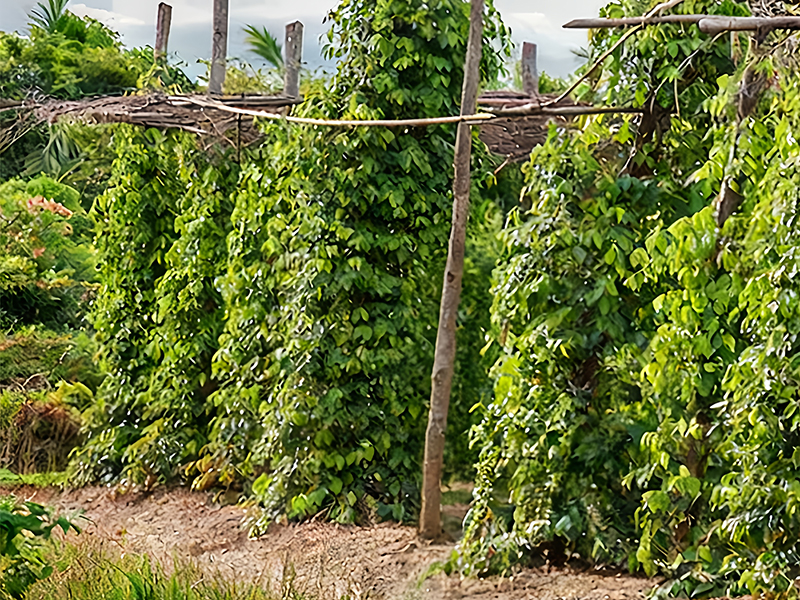
🌱 Look at this black pepper farm! Since using our special fertilizer, the plants have thrived incredibly—lush foliage, strong stems, and vigorous growth. Every corner proves how our fertilizer super charges cultivation!
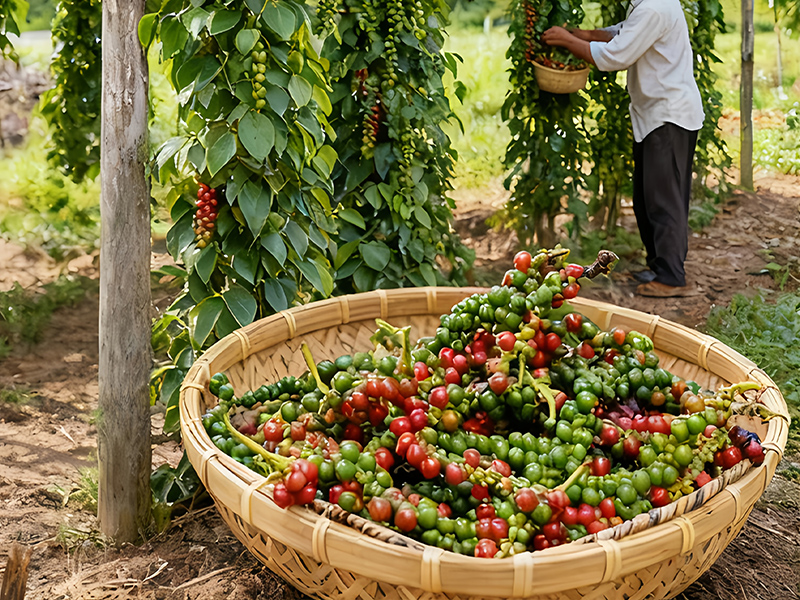
🥳 Harvest success in every basket! These plump black peppercorns are the result of our fertilizer’s power—boosting yield while ensuring robust health. From farm to basket, our fertilizer makes abundance possible. 🍂
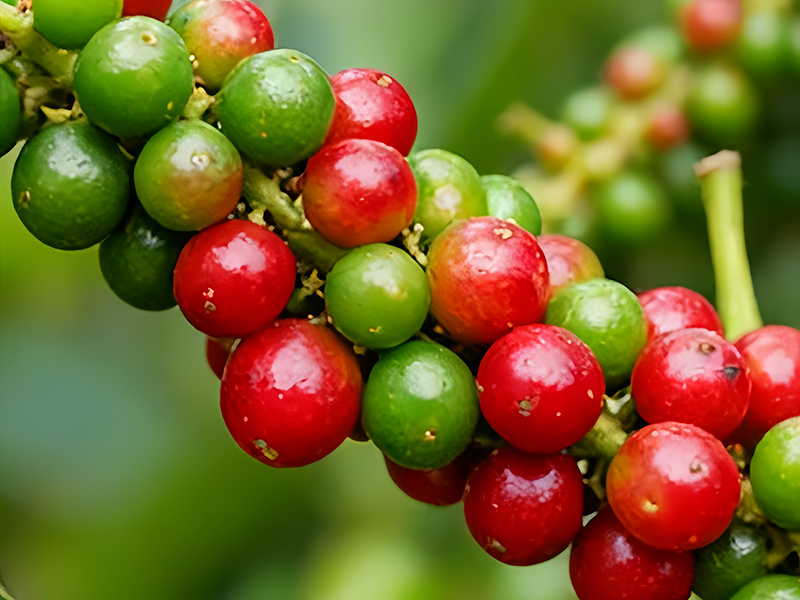
These glossy, uniformly shaped black peppercorns showcase premium quality—all thanks to our fertilizer that nurtures each peppercorn at every stage. See the difference top-tier fertilization makes! ✨
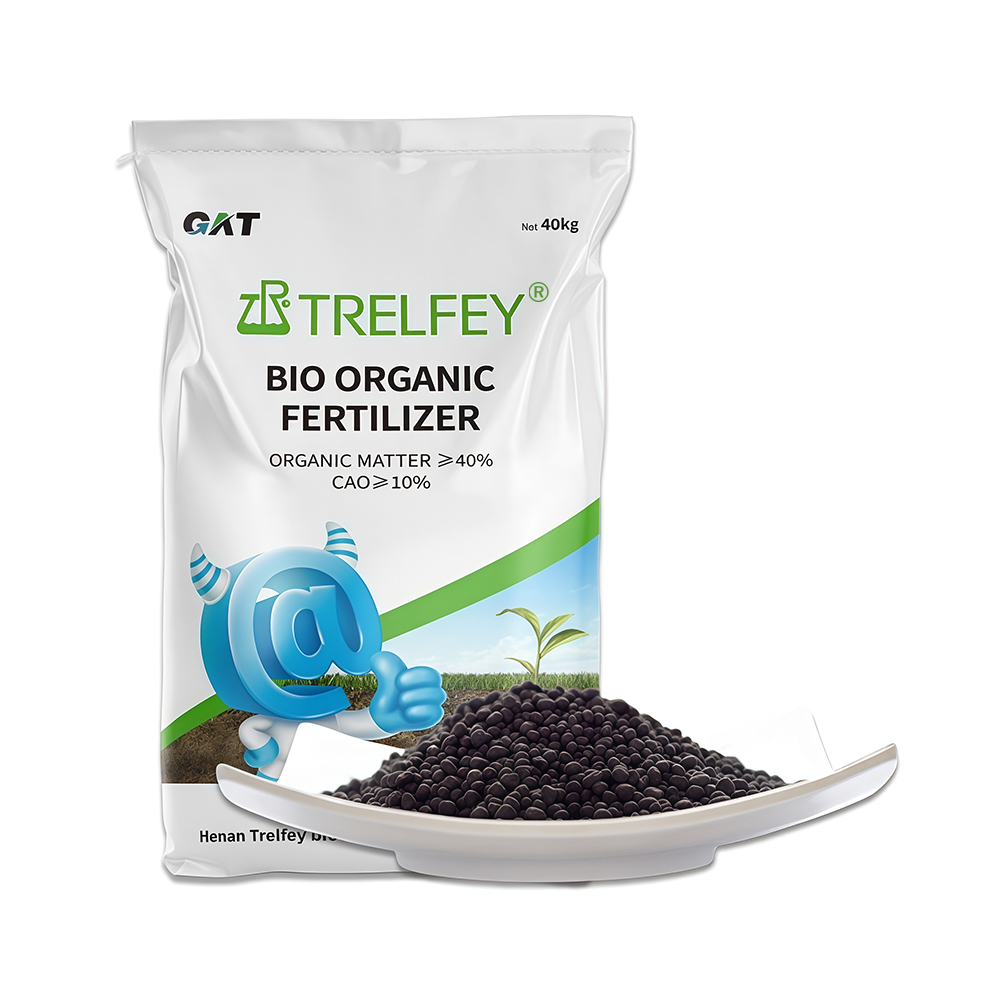
Bio-organic fertilizer
Organic matter ≥40%, CaO≥10%
The number of beneficial live bacteria ≥0.20 billion/g
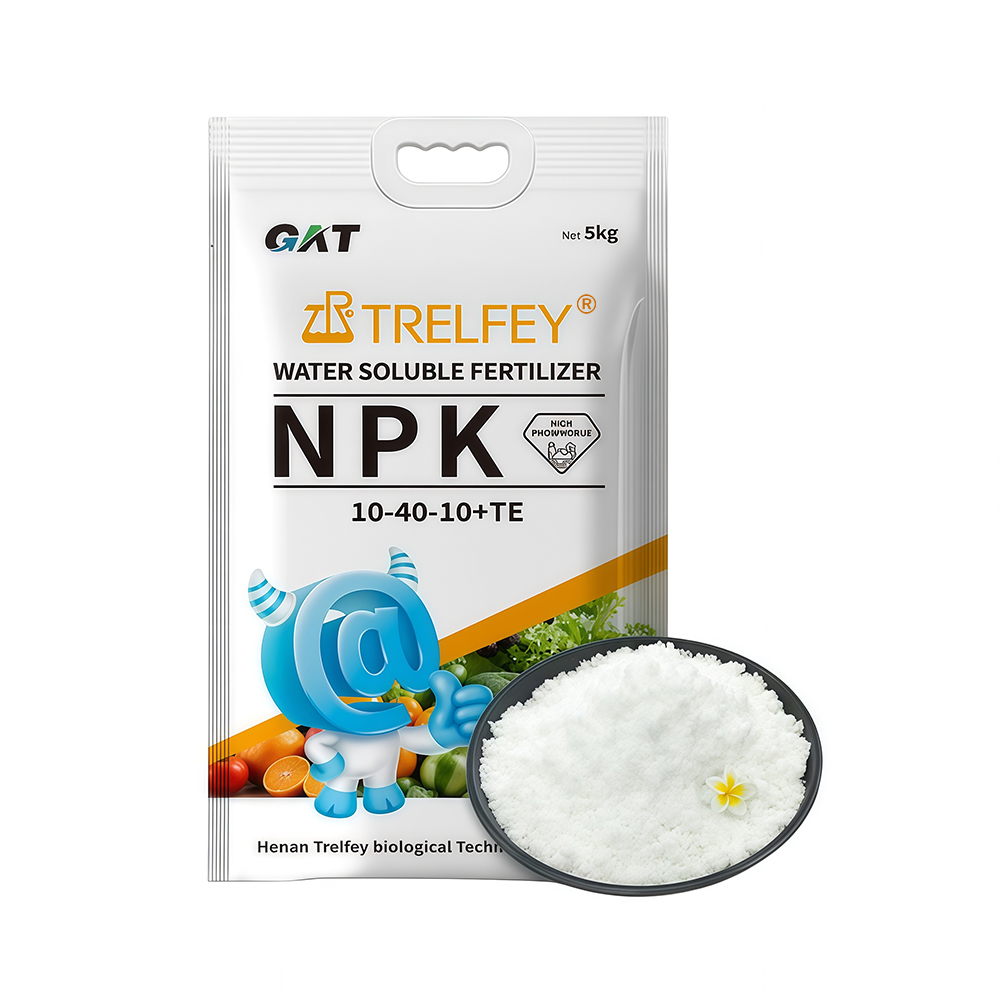
Water soluble fertilizer
Protect the roots and nourish the roots, protect the buds and protect the flowers
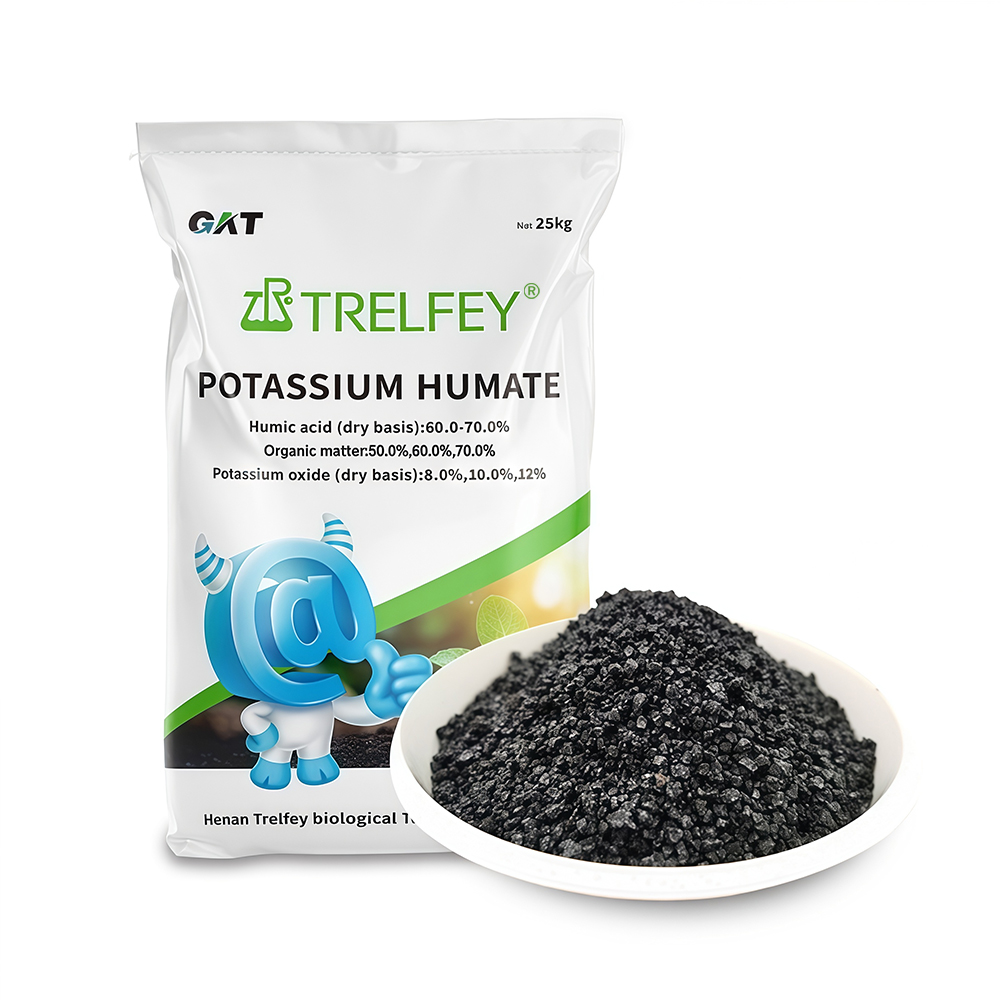
Potassium humate granules
Humic acid (dry base): 60.0-70.0%
Total nutrient (KOO): 8.0%-12.0% (customizable)
